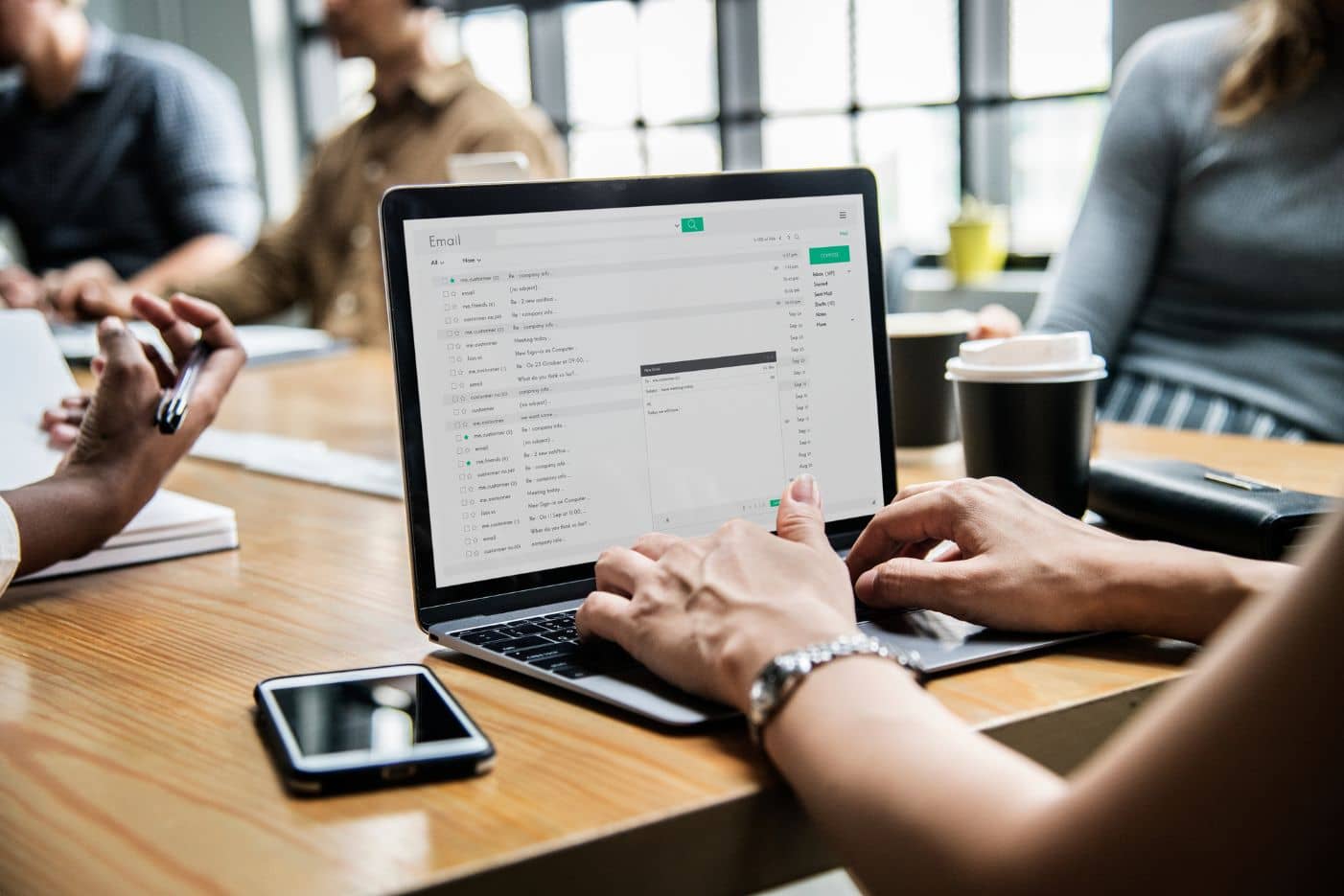We receive hundreds of emails every day. Understandably, when we’re particularly busy, we skip over those emails which don’t look like a priority or familiar. The threat of malicious phishing attacks make us more conscious of what we’re opening and, if we don’t immediately recognise the sender, it’s likely we’ll ignore an email altogether.
Ensuring your organization’s emails are protected is key, and demonstrating your commitment to digital security is also very important; recipients need to trust that the emails they receive from your organization are secure, and that your organization is handling their data with care. Fortunately, there is a way to support security recognition and increase confidence in your recipients.
What is a Brand Indicator for Message Identification (BIMI)?
An emerging email standard, BIMI allows organizations to add a brand logo to authenticated messages sent from your domain.
In the simplest terms, the protocol provides a visual indication in a recipient’s inbox of the sender, ensuring users can quickly identify who an email is from.
The benefits of BIMI go beyond brand recognition. BIMI communicates that an email has been sent from a domain that has strong, properly-applied security practices in place, assuring recipients that an email is safe to open. BIMI evidences an organization’s commitment to strong security procedures and drives brand awareness, reducing the chances of emails being ignored or marked as spam.
Currently, Google, Fastmail, Apple and Yahoo support BIMI but Microsoft Outlook doesn’t according to their statement.
Zivver already deploys modern email security standards including DMARC, SPF and DKIM. The addition of BIMI enables a visual verification for end-users, empowering our customers to go above and beyond when it comes to protecting sensitive data.
Learn more about how Zivver empowers over 7,000 organizations globally to enhance security and protect sensitive emails with our Secure Email and Secure File Transfer solutions.
Already a customer? BIMI is free. Speak to your Customer Success Manager for more information.
What next?
Learn: To forward or not to forward - How to forward emails securely
Watch: What could healthcare services achieve with secure email?



